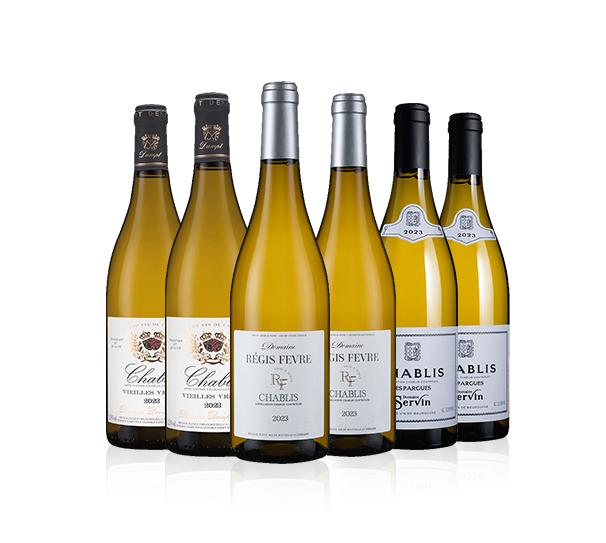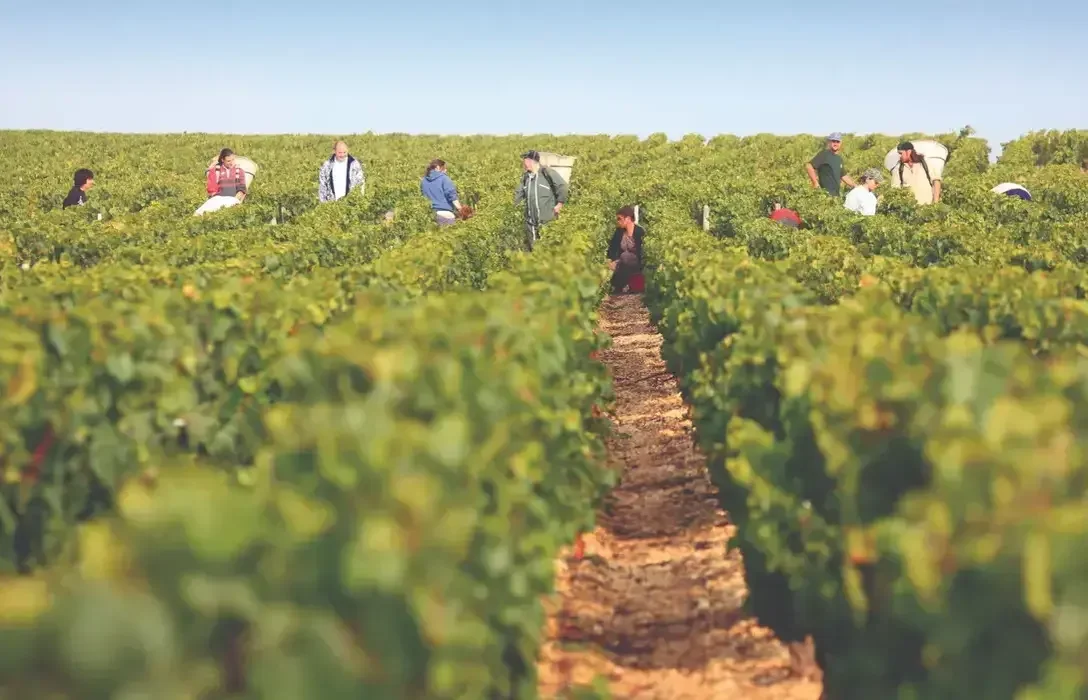Filter by
- Classic, estate-grown Petit Chablis with old-vine, honeyed lemon intensity and mineral freshness£19.99 per bottle
- £85.00 per bottle
- Creamy, mineral-fresh white wine from a great Burgundy house and a superb Mâcon-Lugny vineyard£19.99 per bottle
- Premier Cru quality at a village price. Intensely flavoured Chablis with hints of peach and hay£19.99 per bottle
- Meet Burgundy’s new star white grape – pure peach and floral-fresh Aligoté from the Côte Chalonnaise£16.99 per bottle
- from £25.00 per bottle
- From Burgundy’s renowned Vignerons de Buxy comes this silky, elegant red with bright cherry fruit£15.99 per bottleSAVE £4.00
- Bright, ripe berry fruit Burgundy from one of our favourite producers. Seductive and appealing£23.00 per bottle
- From southern Burgundy’s renowned Vignerons de Buxy, a superb, very well-priced Montagny 1er Cru£18.99 per bottleSAVE £2.01
- Pouilly Fuissé that’s Premier Cru in all but name. One of the smartest buys in Burgundyfrom £33.00 per bottle
- Beautiful chardonnay, with racy minerality, citrus, peach, apple and spice notes£28.00 per bottle
- Bright fruit Burgundy with a citrus edge from one of the region’s most decorated producers£12.99 per bottleSAVE £2.00
- Elegant, citrusy Chardonnay from the Mâconnais – a rare white Burgundy bargain£12.99 per bottleSAVE £2.00
- Premier Cru quality at a village price. Intensely flavoured Chablis with hints of peach£45.00 per bottle
- Delicious, top-vintage, mineral-fresh Chablis from one of the region’s most decorated producers£21.00 per bottle
- Classic, estate-grown Chablis with finesse and old-vine intensity from the excellent Dampt estate£22.00 per bottle
- Opulent, lees-aged white Burgundy from a fourth-generation estate and the excellent-value Mâconnais£17.99 per bottle
- Delicious, fresh and appealing red Burgundy with pure, elegant red fruit, from an ace winemaker£19.99 per bottle
- Classic, estate-grown Chablis with finesse and old-vine intensity from the excellent Dampt estate£22.00 per bottle
- £113.94 per caseSAVE £16.04
- Delicious, mineral-fresh Chablis from one of the region’s most decorated producers£21.00 per bottle
- Superb old-vine Petit Chablis from a fine family estate – racy, with delicate fruit and poise£19.99 per bottle
- Special parcel of fabulous-value red Burgundy from a top co-op£14.99 per bottle
- Vivacious, mineral-fresh Petit Chablis from one of the region’s most decorated producers£17.99 per bottle






























